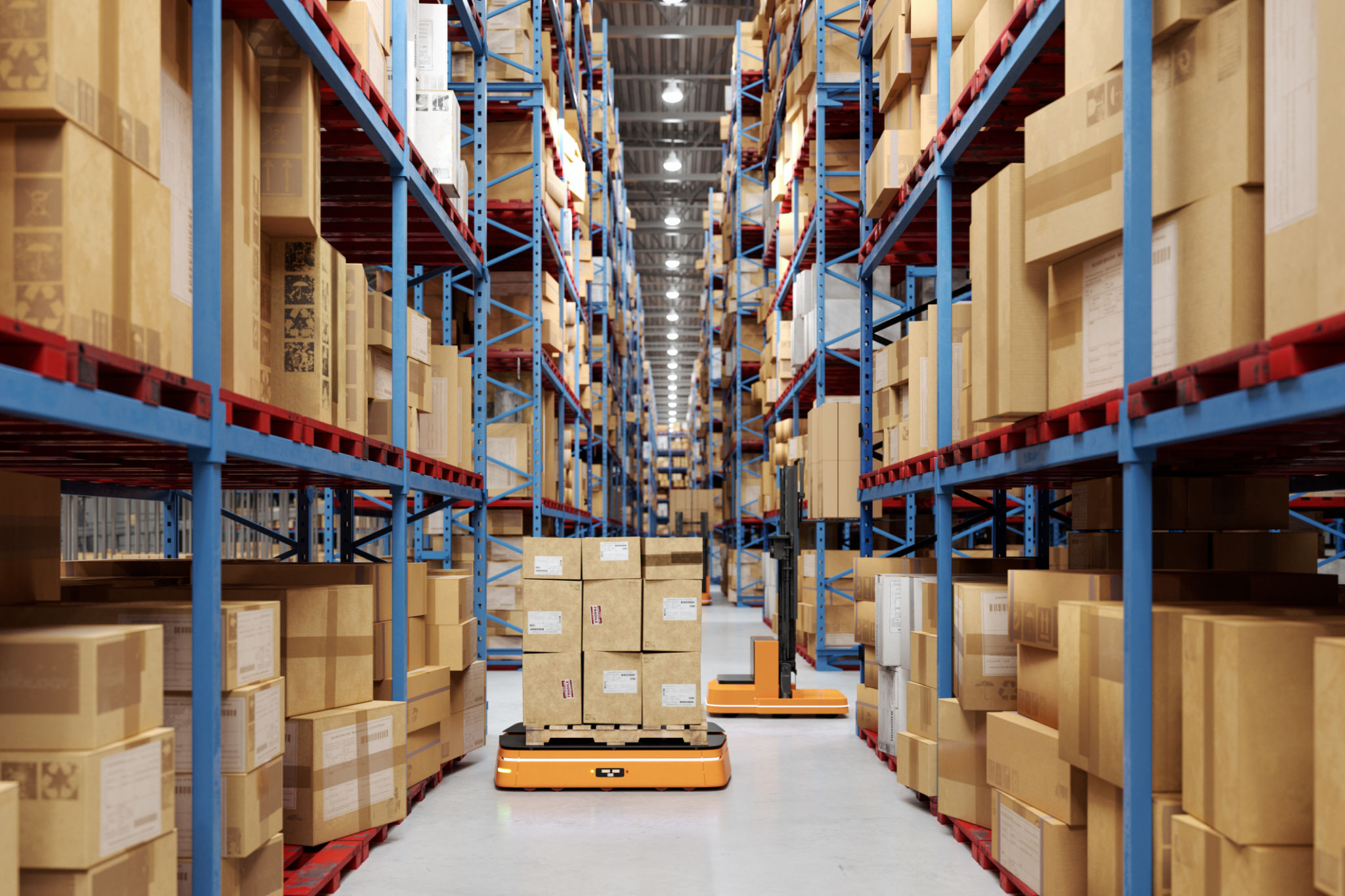Eco-Friendly Initiatives in Warehousing: How to Implement Sustainable Practices
Understanding the Importance of Eco-Friendly Warehousing
As businesses become more environmentally conscious, the demand for sustainable practices in warehousing is growing. Warehouses, traditionally seen as large energy consumers, are now evolving to meet modern eco-friendly standards. Implementing sustainable practices not only benefits the environment but also helps reduce operational costs and enhances brand reputation.
Transitioning to eco-friendly warehousing involves several strategies that focus on reducing waste, conserving energy, and optimizing resources. Businesses committed to sustainability can gain a competitive edge by adopting these practices.

Energy Efficiency in Warehouses
One of the most impactful ways to create an eco-friendly warehouse is by improving energy efficiency. This can be achieved through several methods:
- LED Lighting: Replacing traditional lighting with LED options can significantly cut energy consumption.
- Solar Panels: Installing solar panels can provide a renewable energy source that powers warehouse operations.
- Energy Management Systems: Implementing systems that monitor and optimize energy use can lead to substantial savings.
These initiatives not only reduce the carbon footprint but also lower energy bills, providing a return on investment over time.
Waste Reduction Methods
Reducing waste is another crucial aspect of eco-friendly warehousing. Warehouses can adopt several strategies to minimize waste:
- Recycling Programs: Establishing comprehensive recycling programs for materials like cardboard, plastics, and metals.
- Reusing Materials: Encouraging the reuse of pallets, containers, and packaging materials to decrease waste.
- Composting: Implementing composting for organic waste, if applicable.

Optimizing Logistics for Sustainability
Logistics play a significant role in warehousing sustainability. Optimizing logistics not only increases efficiency but also reduces environmental impact:
- Route Optimization: Using software to determine the most efficient delivery routes can minimize fuel consumption.
- Eco-Friendly Vehicles: Investing in electric or hybrid vehicles for transportation can further reduce emissions.
- Load Optimization: Ensuring vehicles are fully loaded maximizes efficiency and reduces trips.
These practices contribute to a more sustainable supply chain, aligning with broader corporate sustainability goals.

Employee Engagement and Training
Engaging employees in eco-friendly initiatives is essential for successful implementation. Providing training and resources helps in fostering a culture of sustainability:
- Workshops: Conducting workshops to educate staff on sustainable practices and their benefits.
- Incentive Programs: Offering incentives for employees who actively participate in sustainability efforts.
- Feedback Mechanisms: Implementing systems for employees to share ideas on improving eco-friendly practices.
By involving employees, businesses can ensure long-term commitment to sustainability goals.
Future Trends in Eco-Friendly Warehousing
The future of warehousing is undoubtedly green. Emerging technologies and innovations continue to pave the way for even more sustainable practices. From AI-driven energy management to advanced recycling technologies, the possibilities are vast.
By staying ahead of these trends, businesses can continue to enhance their eco-friendly initiatives, contributing positively to the environment and setting new standards in the industry.
